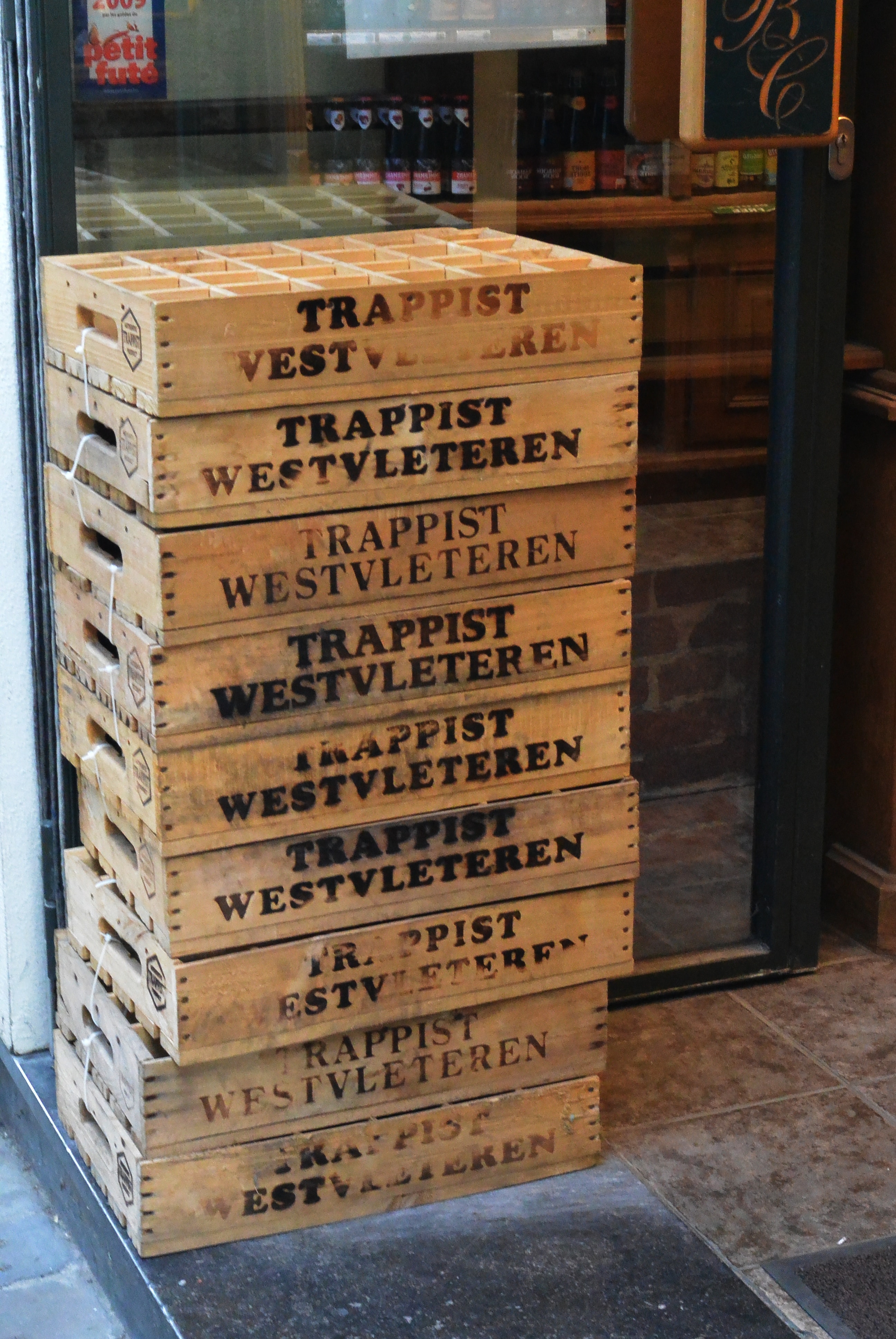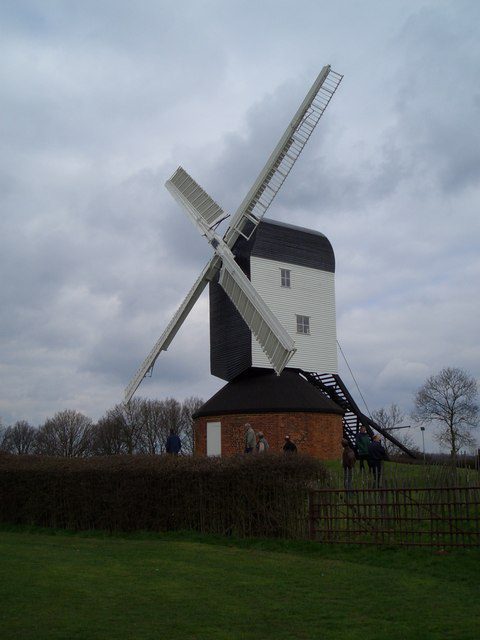What is Trappist beer?
Trappist beer is a type of beer brewed by Trappist monks. Trappist monks are members of the Cistercian Order of the Strict Observance, a branch of the Benedictine Order. The Trappist Order was founded in 1665 in La Trappe, France. There are currently 14 Trappist monasteries in the world, located in Belgium, the Netherlands, Austria, Italy, England, France, and Spain.
Trappist beers are brewed according to a strict set of guidelines. The beer must be brewed within the walls of a Trappist monastery, under the supervision of Trappist monks. The monks must be involved in the brewing process, and the profits from the sale of the beer must be used to support the monastery and its charitable work.
Trappist beers are known for their high quality and complex flavours. They are typically top-fermented, which means that they are fermented at a higher temperature than most other beers. This results in a beer with a fuller body and more complex flavours. Trappist beers are also typically bottle-conditioned, which means that they are fermented a second time in the bottle. This adds to the complexity of the flavour and helps to preserve the beer.
Types of Trappist beers
There are four main types of Trappist beers:
- Dubbel: A dark, malty beer with a slightly sweet flavour.
- Tripel: A golden, hoppy beer with a higher alcohol content than a Dubbel.
- Quadrupel: A dark, strong beer with a complex flavour.
- Bock: A strong, malty beer with a sweet flavour.
Trappist breweries also produce a variety of other beers, including seasonal beers and speciality beers.
The History of Trappist Beer
The history of Trappist beer dates back to the 17th century. The first Trappist brewery was founded in La Trappe, France, in 1665. The monks at La Trappe were originally brewing beer for their own consumption, but they soon began to sell the beer to the public. The popularity of Trappist beer grew rapidly, and by the 19th century, there were Trappist breweries all over Europe.
The Trappist Order was suppressed during the French Revolution, but it was revived in the 19th century. The Trappist monasteries that were founded during this period also began to brew beer. The popularity of Trappist beer continued to grow throughout the 20th century, and today, Trappist beers are some of the most sought-after beers in the world.
The Trappist seal
In 1997, the International Trappist Association (ITA) was founded to protect the use of the Trappist name. The ITA is a non-profit organization that represents the 14 Trappist monasteries that produce beer. The ITA has established a set of guidelines that must be met in order for a beer to be labelled as Trappist.
These guidelines include:
- The beer must be brewed within the walls of a Trappist monastery.
- The beer must be brewed under the supervision of Trappist monks.
- The monks must be involved in the brewing process.
- The profits from the sale of the beer must be used to support the monastery and its charitable work.
Only beers that meet these guidelines are allowed to use the Trappist seal. The Trappist seal is a guarantee of quality and authenticity. It is a symbol of the commitment of the Trappist monks to brewing the best possible beer.
The Future of Trappist Beer
The future of Trappist beer is bright. The popularity of Trappist beers continues to grow, and the demand for these beers is outpacing supply. The 14 Trappist monasteries that produce beer are working to increase production, but it will take time to meet the growing demand.
In addition to increasing production, the Trappist monasteries are also working to expand their distribution. Trappist beers are currently only available in a limited number of countries, but the monasteries are working to make their beers available to more people around the world.
The future of Trappist beer is bright. These beers are a symbol of the commitment of the Trappist monks to brewing the best possible beer. They are also a symbol of the rich history and tradition of the Trappist Order.






